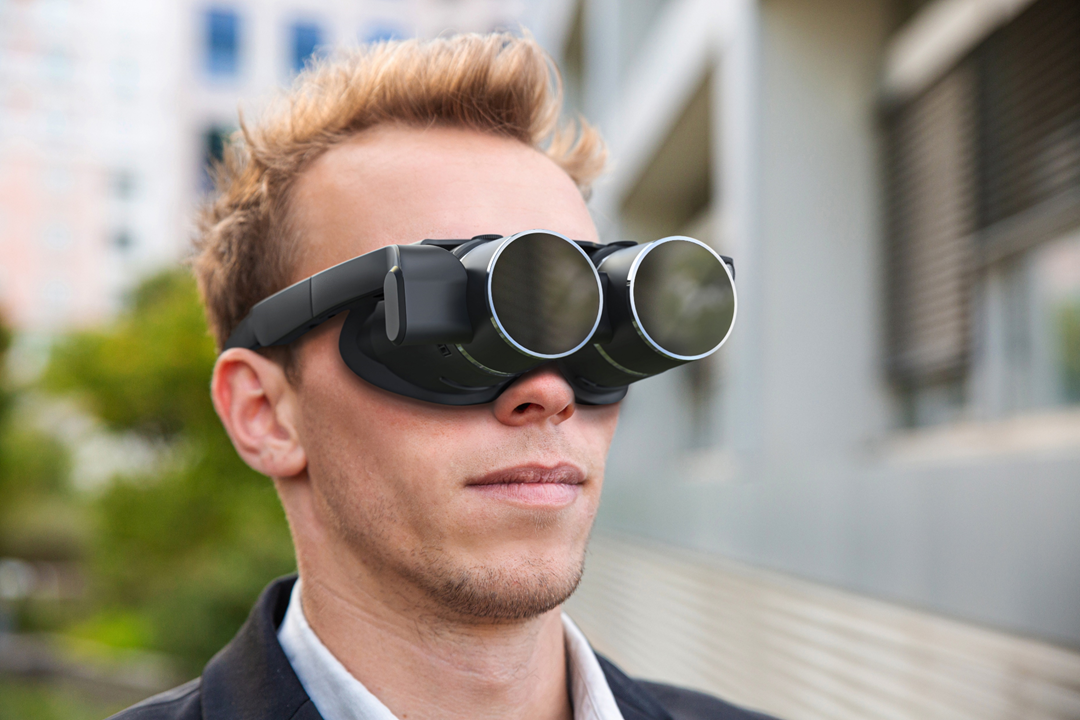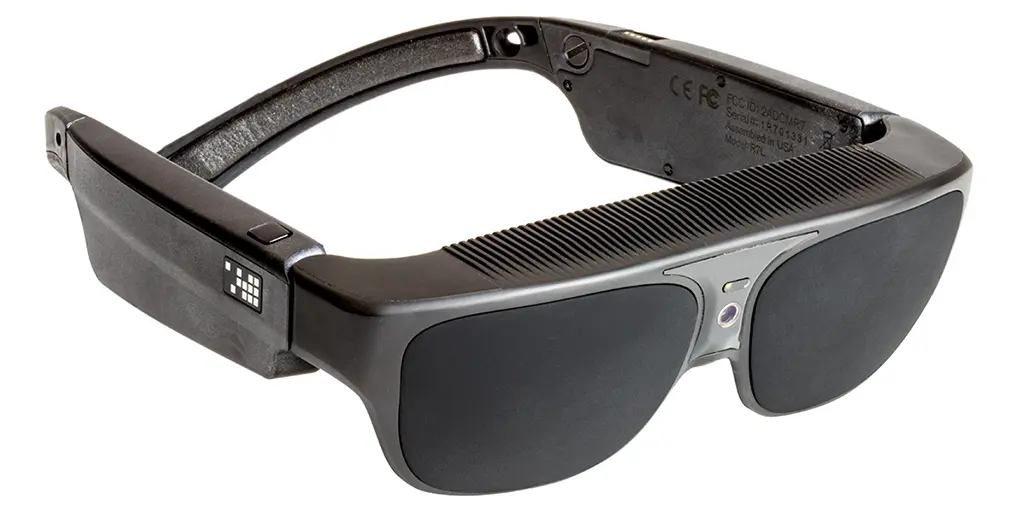Wearable Technology for Low Vision: Transforming How We Navigate the World
Wearable Technology for Low Vision: Transforming How We Navigate the World
Blog Article
Enhancing Availability With Assistive Innovation for the Blind
The integration of assistive technology for the blind stands for an essential improvement in ease of access, fundamentally altering exactly how individuals navigate their settings and involve with culture. From display visitors to cutting-edge smart canes, these devices not just boost self-reliance yet likewise advertise inclusivity in numerous spheres of life. As we check out the varied sorts of assistive gadgets and their tangible effect on day-to-day living, it comes to be vital to examine exactly how ongoing technical improvements are reshaping the landscape of assistance for the blind community. What effects do these developments hold for the future of ease of access?
Review of Assistive Technology
Assistive innovation refers to a variety of gadgets and software developed to improve the abilities of individuals with handicaps, including those that are blind or aesthetically damaged. This innovation plays a crucial role in advertising self-reliance and enhancing the lifestyle for individuals. By supplying alternative approaches for accessing details and executing everyday jobs, assistive innovation equips individuals to browse their atmospheres a lot more properly.
The development and execution of assistive innovation embrace a selection of concepts targeted at cultivating access. These concepts include user-centered style, which prioritizes the needs and preferences of the person, and the integration of innovation into daily activities. Such innovations guarantee that assistive devices are not just functional but also user-friendly and simple to make use of.
Furthermore, assistive modern technology encompasses a varied range of remedies, from low-tech choices like magnifiers to high-tech advancements such as screen visitors and Braille screens. The recurring development of this area is driven by the requirement to resolve the special obstacles dealt with by people with visual problems (Wearable technology for low vision). As innovation continues to advancement, the capacity for boosting ease of access and advertising inclusivity remains promising, ultimately adding to a much more fair society

Kinds Of Assistive Tools
Countless kinds of assistive gadgets are available to sustain people who are blind or aesthetically damaged, each designed to deal with details needs and obstacles. These tools can be broadly categorized right into three main types: low-tech, mid-tech, and modern remedies.
Low-tech devices include things such as magnifiers, Braille tags, and responsive maps. These are reasonably straightforward tools that improve the customer's capability to interact with their atmosphere without calling for complex innovation.
Mid-tech devices frequently involve a lot more sophisticated features, such as digital magnifiers and portable Braille note-takers. These devices can use capabilities like speech result, enabling users to accessibility details much more successfully.

Influence On Daily Living
The accessibility of different assistive gadgets substantially boosts the quality of life for people who are blind or aesthetically impaired, affecting their day-to-day living in extensive methods. By incorporating technologies such as screen readers, Braille displays, and audio description solutions right into their regimens, customers acquire better freedom and self-reliance. These devices help with accessibility to details, making it possible for people to do daily jobs, such as reviewing emails, browsing public rooms, and delighting in media material.
In addition, assistive tools encourage people to engage even more completely in social communications and area activities. The capability to utilize smart devices geared up with accessibility functions enables seamless communication and link with others. This connectivity fosters a feeling of belonging and decreases feelings of isolation.
In expert setups, assistive modern technology sustains performance by allowing individuals to full work tasks efficiently. Tools like voice recognition software application and specialized magnification gadgets allow individuals to take part in the labor force on equivalent footing with their sighted peers.

Developments in Technology
Recent technical improvements have significantly transformed the landscape of tools readily available for individuals that are visually damaged or blind. The combination of expert system (AI) and artificial intelligence has actually triggered applications that boost navigation and things acknowledgment. Mobile phone apps can currently make use of AI to determine and describe environments in real-time, offering customers with valuable contextual info.
In addition, developments in haptic modern technology have brought about the growth of smart walking sticks outfitted with sensing units that find challenges and supply responsive feedback. This equips customers to browse their atmosphere with enhanced confidence and independence. In addition, developments in text-to-speech software application and braille display screens have actually boosted the accessibility of digital material, enabling smooth communication with various media.
Wearable modern technologies, such as clever glasses, are likewise making strides in aiding visual impairment. As modern technology proceeds to advance, the capacity for even more transformative tools remains on the horizon.
Future Trends and Innovations
As technology swiftly proceeds, the future of assistive tools for people that are blind holds immense assurance. Developments in expert system (AI) and machine discovering are positioned to dilated eye exam transform the method blind users interact with their settings. AI-driven applications are being established to boost object acknowledgment, allowing users to identify and navigate their surroundings with greater convenience and precision.
Furthermore, improvements in haptic feedback technology are enabling the development of tactile maps and navigation help that supply real-time info via touch. These innovations not just boost flexibility but also foster self-reliance. Furthermore, wearable tools outfitted with increased reality (AR) features are emerging, using individuals visual info with audio descriptions, consequently connecting the space between the physical and digital worlds.
Additionally, the combination of wise home innovation offers brand-new opportunities for ease of access, allowing individuals to manage their living atmospheres click here for info with voice commands or mobile phone applications. As cooperation in between technology designers and the blind neighborhood proceeds, the concentrate on user-centered style will ensure that future innovations are customized to satisfy the unique demands of this population (Wearable technology for low vision). The trajectory of assistive technology promises a much more empowering and comprehensive future for individuals who are blind
Verdict
To conclude, assistive modern technology plays a critical function in enhancing availability for individuals with visual disabilities. The diverse range of tools, consisting of display viewers and clever walking canes, considerably boosts everyday living and promotes self-reliance. Continuous improvements in technology and user-centered layout guarantee that these devices cater successfully to the one-of-a-kind requirements of the blind area. As developments development, enhanced inclusivity and empowerment can be prepared for, eventually enriching the high quality of life for those affected by aesthetic impairments.
The combination of assistive modern technology for the blind stands for a pivotal development in access, fundamentally changing how people navigate their environments and engage with culture.Assistive modern technology refers to a range of tools and software designed to enhance the abilities of individuals with disabilities, including those that are blind or aesthetically damaged. Wearable technology for low vision.As innovation rapidly progresses, the future of assistive tools for individuals who are blind holds tremendous the original source promise. The trajectory of assistive modern technology promises a more empowering and inclusive future for individuals who are blind
In conclusion, assistive technology plays an important function in improving access for people with aesthetic disabilities.
Report this page